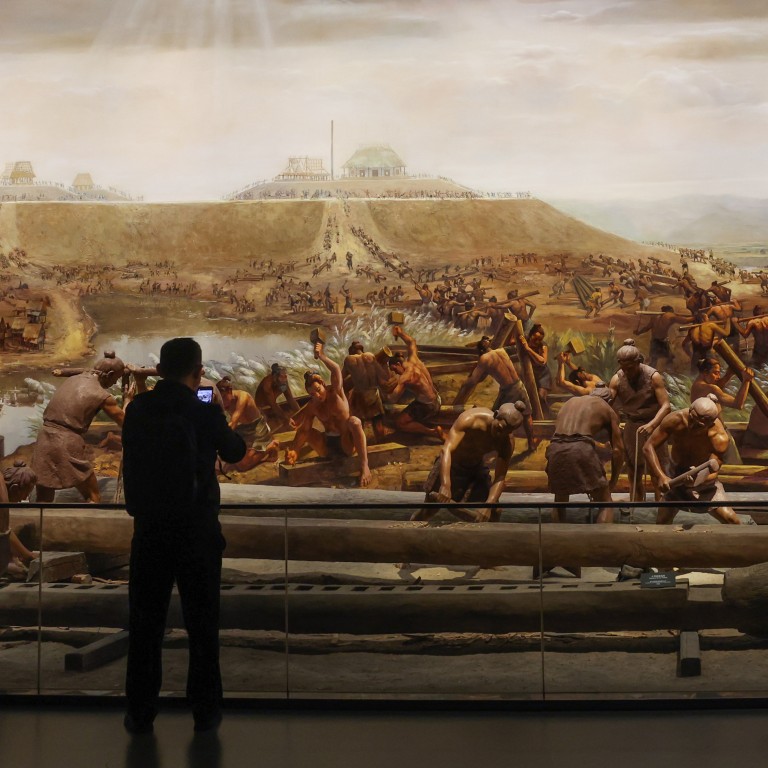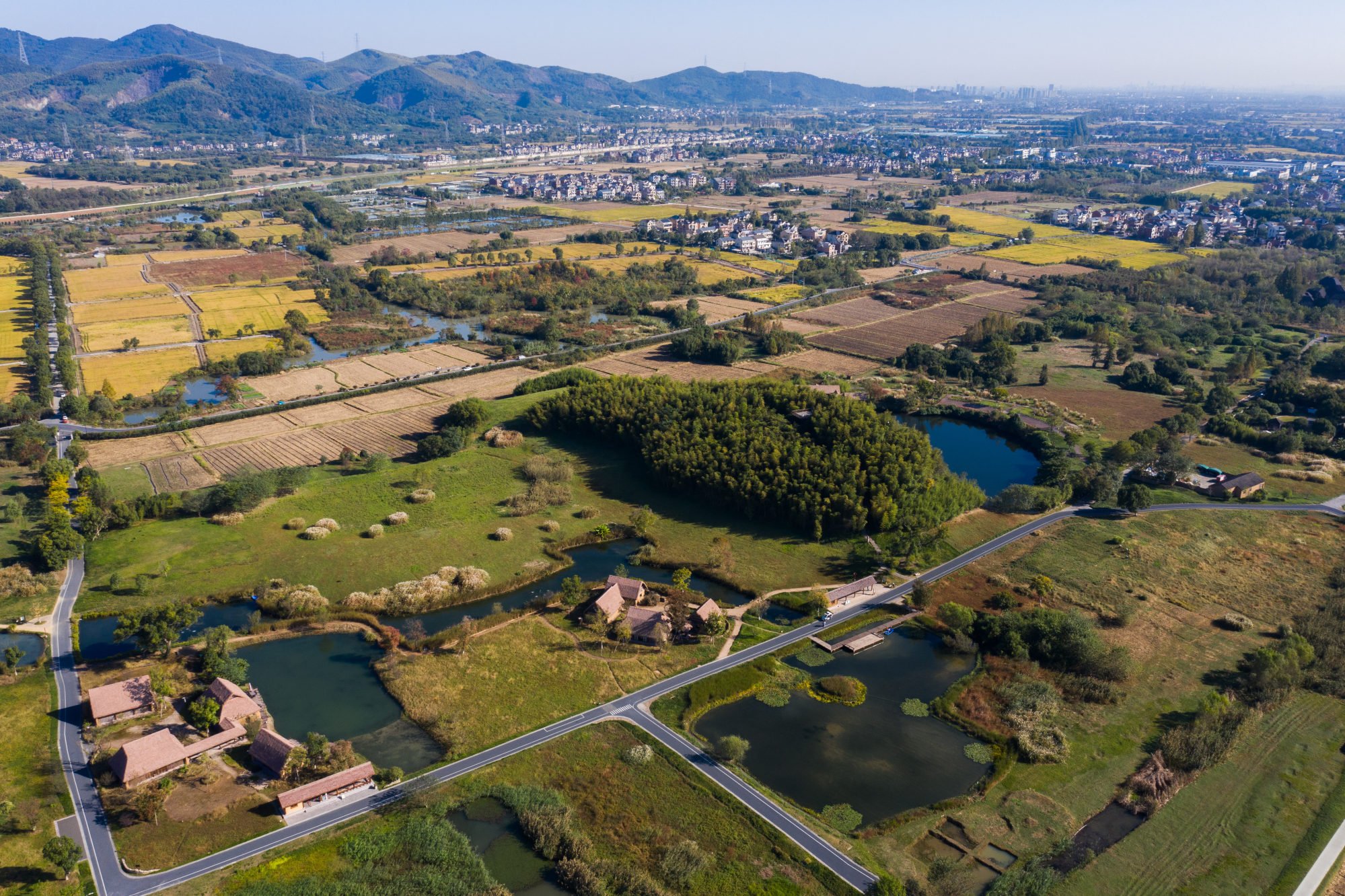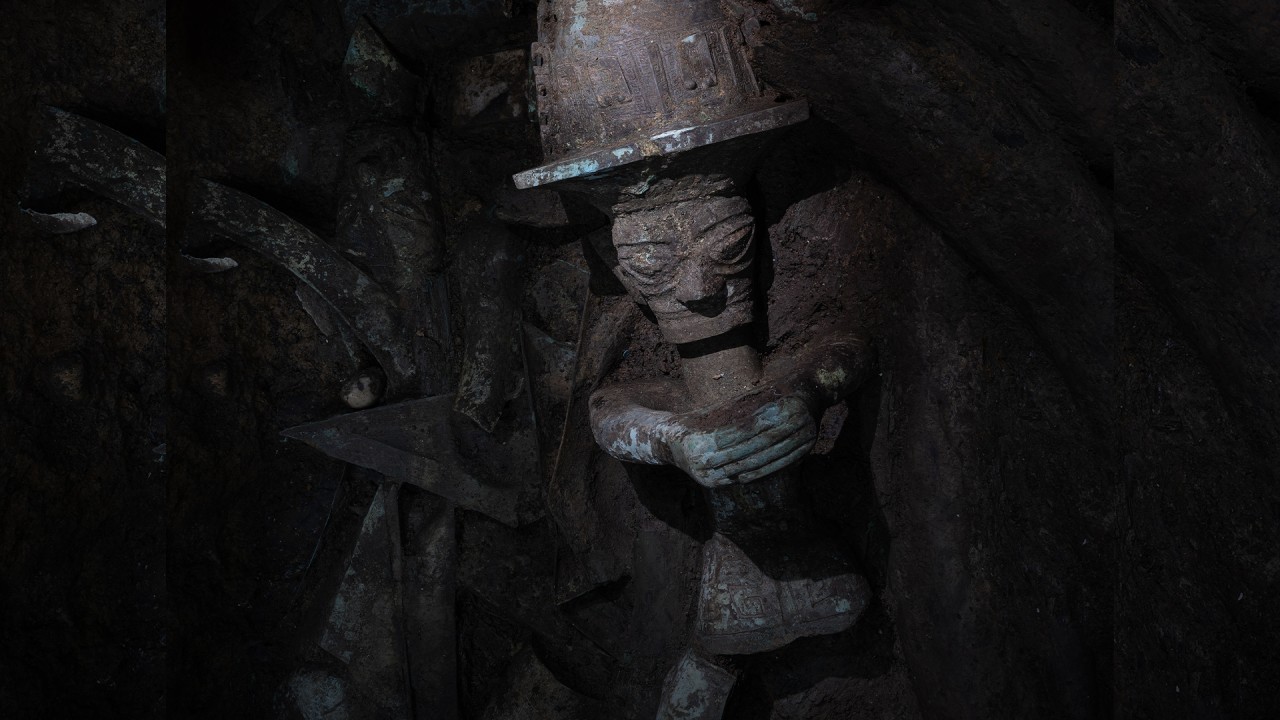
5,000-year-old Liangzhu ruins take centre stage in China’s official history with Xi’s backing
- Archaeological site is concrete evidence of 5,000 years civilisation and a treasure for the world, the Chinese leader says
- The finds reinforce Beijing’s narrative of a continuous history, with China holding an ancient status as a global power
State news agency Xinhua reported that Xi’s remarks were made in a letter – read out on Sunday by the Communist Party’s propaganda chief Li Shulei – to around 300 Chinese and foreign attendees of the first Liangzhu Forum.
“The Liangzhu ruins are concrete evidence of China’s 5,000-year civilisation history and a treasure of world civilisation,” Xi wrote.
The forum in Hangzhou was co-hosted by China’s Ministry of Culture and Tourism and the southeastern province of Zhejiang where the archaeological ruins were discovered, according to the Xinhua report.

In his letter to the forum, Xi said Chinese civilisation “is open, inclusive and eclectic. It is constantly growing and changing, absorbing the best parts of other civilisations from around the world”.
Liangzhu: 5,000-year-old Chinese civilisation that time forgot
He also said Chinese civilisation had “distinctive innovations and continuous traditions” and established “numerous peaks of civilisation” that “greatly enriched” human history.
The 5,300-year-old Liangzhu ruins, on the outskirts of Hangzhou, have been dated to 1,000 years earlier than the Shang dynasty, which dates back to 1500 BC and is the first to appear in the written historical record.
According to Chinese tradition, the Shang was preceded by the Xia dynasty and features at the Liangzhu site – a thriving city in 2700 BC – appear to confirm accounts of the Xia in ancient texts written thousands of years after the period.
Many in the West dismiss the existence of the Xia dynasty and question whether China can lay claim to 5,000 years of continuous civilisation. But for Beijing, the discoveries at Liangzhu offer hard evidence to reinforce its narrative of an ancient global status.
Beijing regularly compares its long history with its 246-year-old rival, the United States, and presents itself an ancient global power with a superior status.
Breakthroughs at archaeological sites offer window into early Chinese civilisation
For a long time, people thought Chinese civilisation started in the Yellow River region. But archaeologists are uncovering evidence that suggests a more complex story.
The Sanxingdui site in the southwestern province of Sichuan, for example, has revealed large, sophisticated bronzeware and golden artefacts. These ruins are believed to be part of the mysterious Shu kingdom of 4,500 years ago.
The city at Liangzhu is even older and bigger than the Sanxingdui ruins, but thanks to these and other discoveries, many researchers say that modern-day Chinese people come from a mix of different ethnic backgrounds.
China’s leaders say this historical narrative has implications for what is happening with globalisation in the modern world.
While the Liangzhu ruins were discovered in 1936, it is only in recent years that the full extent and sophistication of the ancient city and its inhabitants have been revealed.
The city on the Yangtze River Delta was occupied for nearly 1,000 years and was among the most materially and technologically advanced Neolithic cultures in the world.
Liangzhu’s elaborate water management system, unearthed in 2015, is proof of an early urban civilisation, with rice at the heart of its economic foundation. It is also the oldest evidence of large hydraulic engineering structures in China.
In 2019, the same year Liangzhu was given World Heritage status, retired University of Cambridge archaeologist Colin Renfrew said in an interview with Xinhua that the site provided “compelling evidence” that Chinese civilisation started 5,000 years ago.
Why did an ancient civilisation collapse? Scientists point to climate
In his letter, Xi said he hoped everyone could make use of the Liangzhu forum to deepen mutual understanding among the countries taking part in the belt and road project.
“Mutual respect, harmonious coexistence and symbiotic growth are the right ways to go for the future of human civilisation,” he added, according to the Xinhua report.
The ruling party regards history as an important means of guarding its legitimacy. Archaeological discoveries are used to reinforce the official narrative, establish China’s historical status as a global power, and underpin its stance on geopolitical issues.
Two centuries-old merchant ships discovered at the bottom of the South China Sea in October last year were used to strengthen China’s historical status as a maritime power and add weight to its territorial claims to a series of disputed islands.


